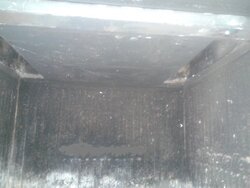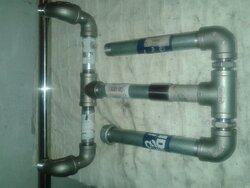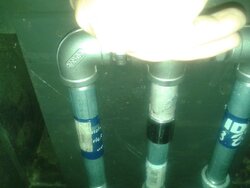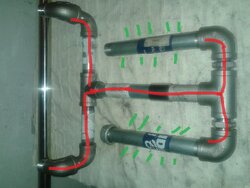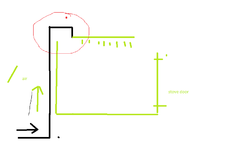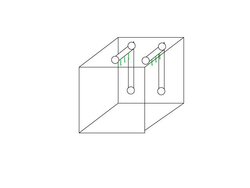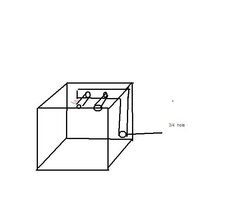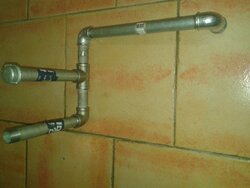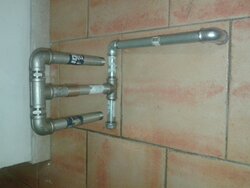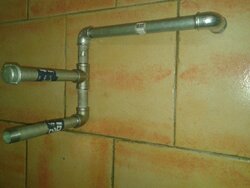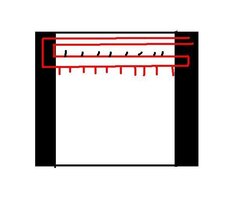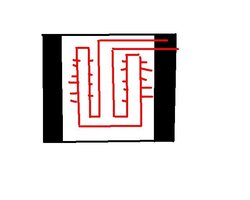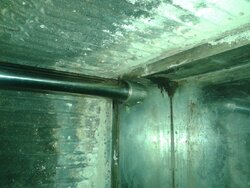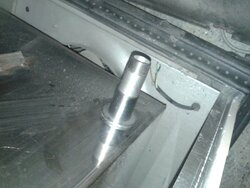Sorry for my english, I write from Italy and I am following the forum for a while on the modification of the secondary burn
I would like to ask whether entry of secondary air may be sufficient as measures 2 pipes from 1/2 inch
"Room size wood stove 40 cm x 40 cm x 35 cm"
Thanks
Mirko
I would like to ask whether entry of secondary air may be sufficient as measures 2 pipes from 1/2 inch
"Room size wood stove 40 cm x 40 cm x 35 cm"
Thanks
Mirko


